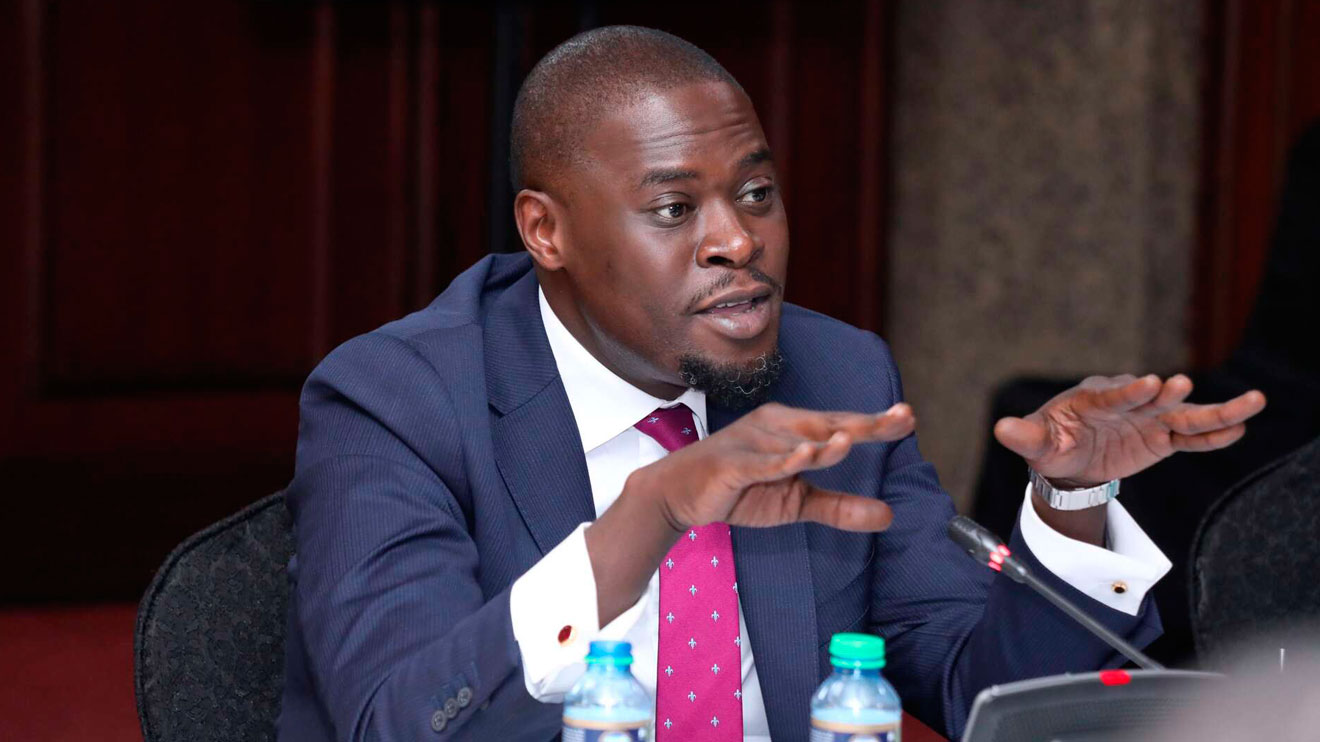Nairobi gets Ksh 43 Billion for the Development of BRT Project
Nairobi gets Ksh 43 Billion for the Development of BRT Project

Nairobi County Governor Johnson Sakaja has gained Ksh.43 billion funding from foreign partners to resurrect the Bus Rapid Transit (BRT) project that has stagnated. After completion of consultations with the European Investment Bank, the European Union, and Avec the French Development Agency this funding is going to further the constructions from Dandora to CBD and Ngong.
Revitalizing Urban Transport
Flying from Nairobi’s South B terminal, BRT targeted to begin by August this year in a project that seeks to improve traffic flow by having well-developed bus lanes and better-designed bus stations in Nairobi’s public transport system. The leader of the day, Governor Sakaja said during Jamhuri Day celebration that development will be manifested early next year.
Key Infrastructure Upgrades
Besides the project of building the BRT, plan of the county government in conjunction with the national government is to rehabilitate the worn out roads within the city.
High impact tarmac roads that include Uhuru Highway, Mombasa Road and Waiyaki Way are targeted for repair and under body makeover as CS – Roads Davis Chirchir disclosed during a tour recently.
All these are endeavors that fall under broader initiatives to increase movement and mobility solutions in Nairobi.
This work is therefore aimed at examining cultural recognition in City Development.
The Governor in making his speech announced ideas of renaming city roads after Kenyan artists. For instance a road in south c will be renamed e-sir Issah Mmari, a Kenya hip hop artist, whose impacts are still essential in the Kenyan music industry.
Impact and Future Outlook
Besides roads, the BRT project is a sign of the authorities’ attempt to develop Nairobi and solve transportation issues that have been around for decades. The cultural acknowledgments also go along with the intentions of the city to incorporate community pride into the process of urbanization.
























